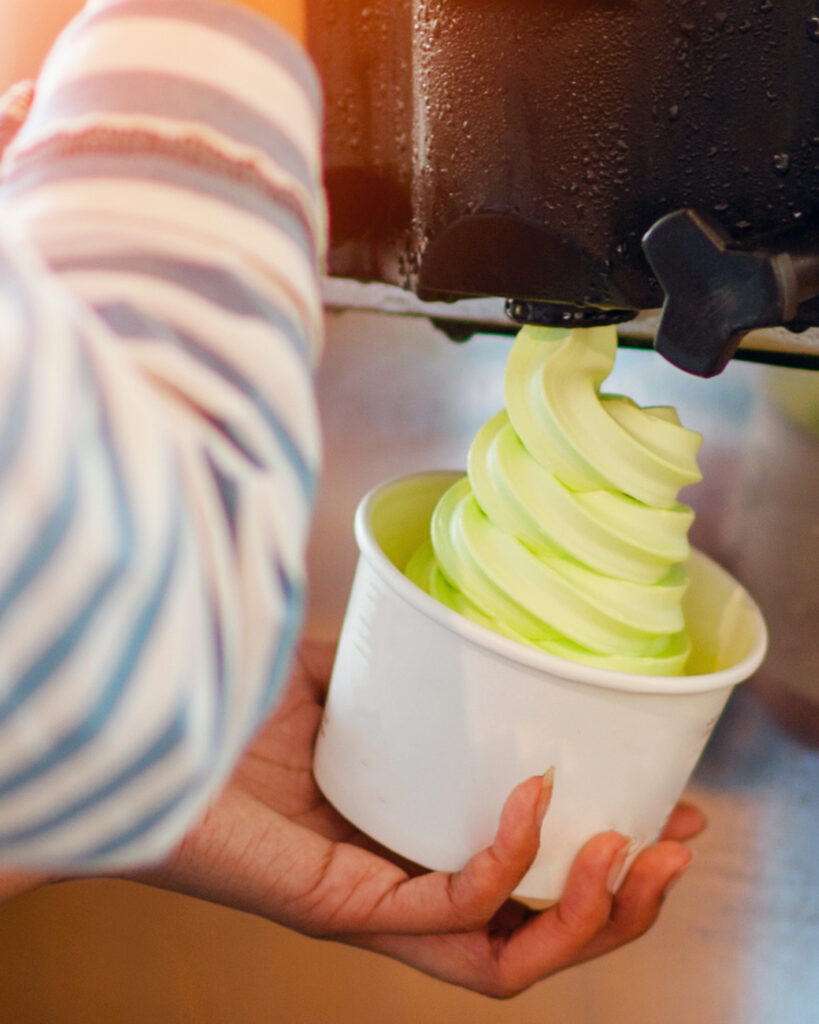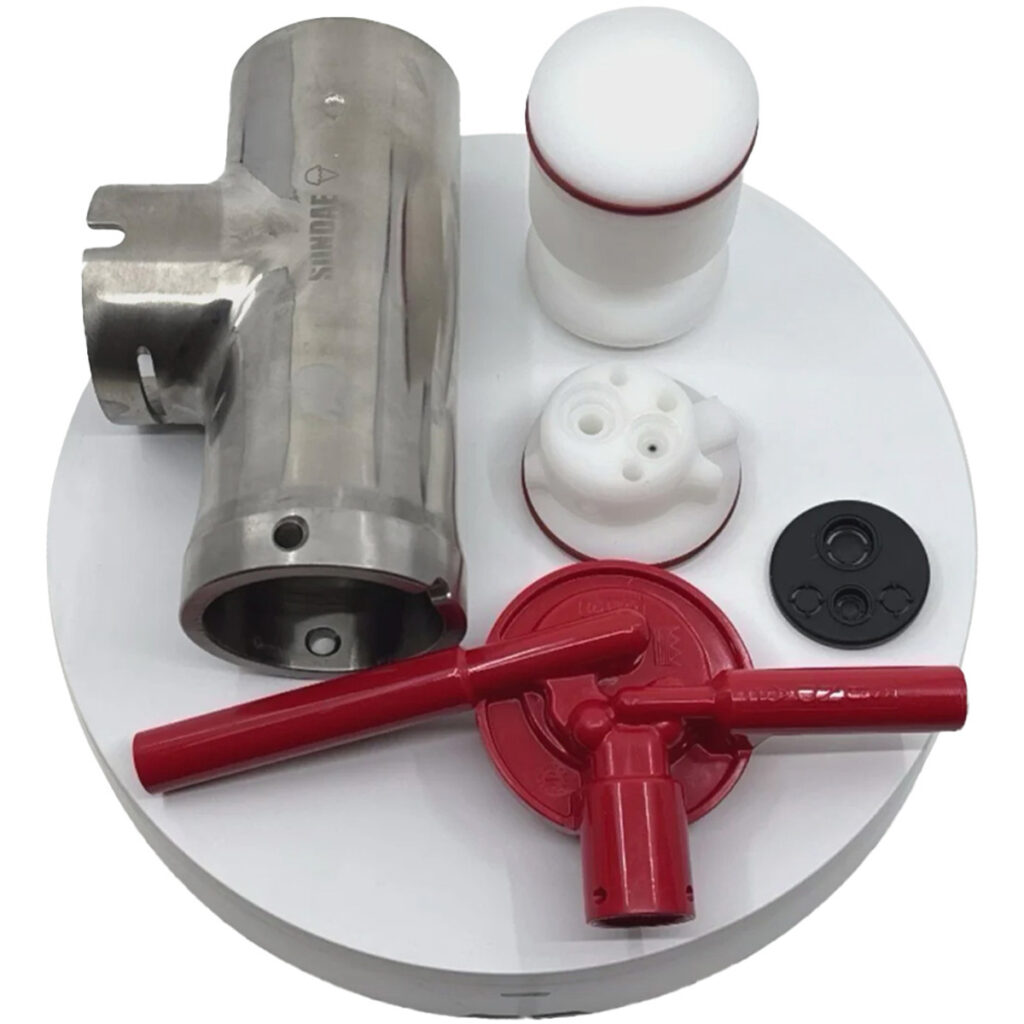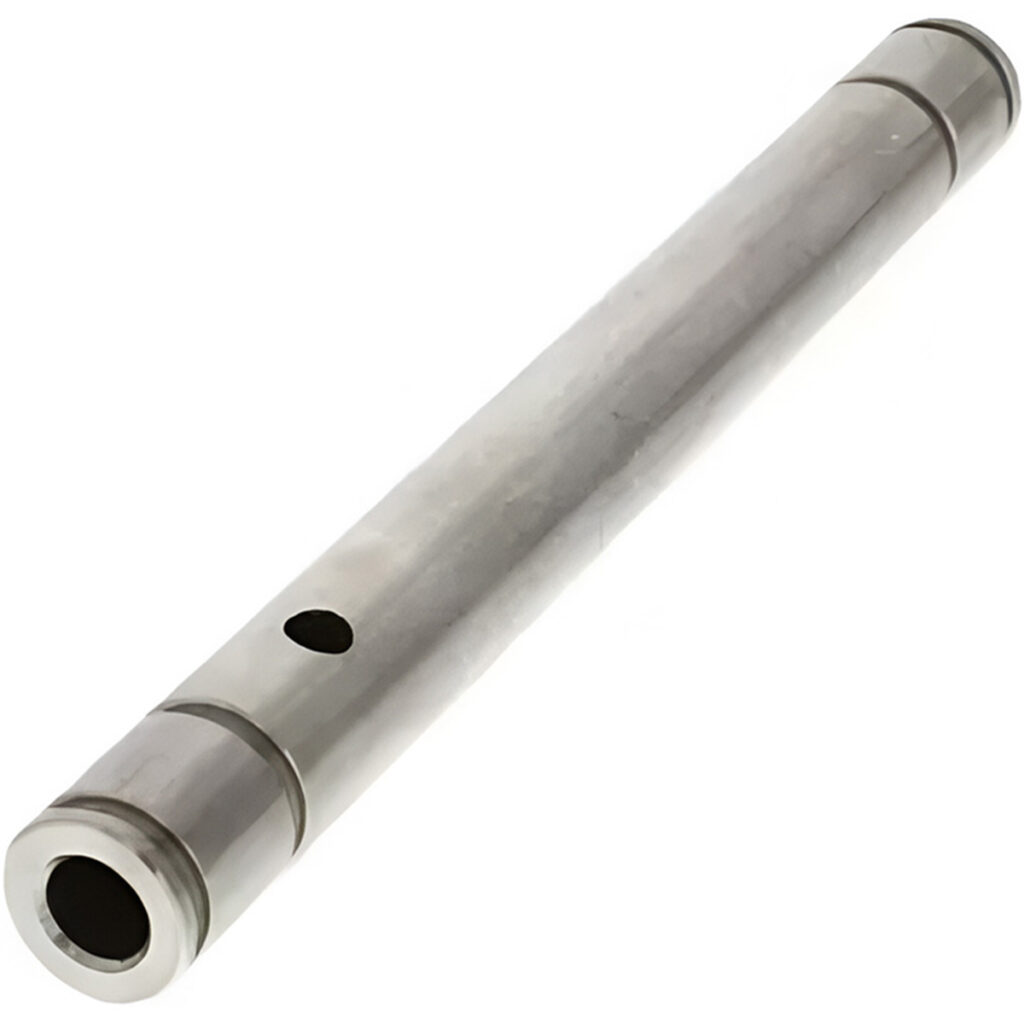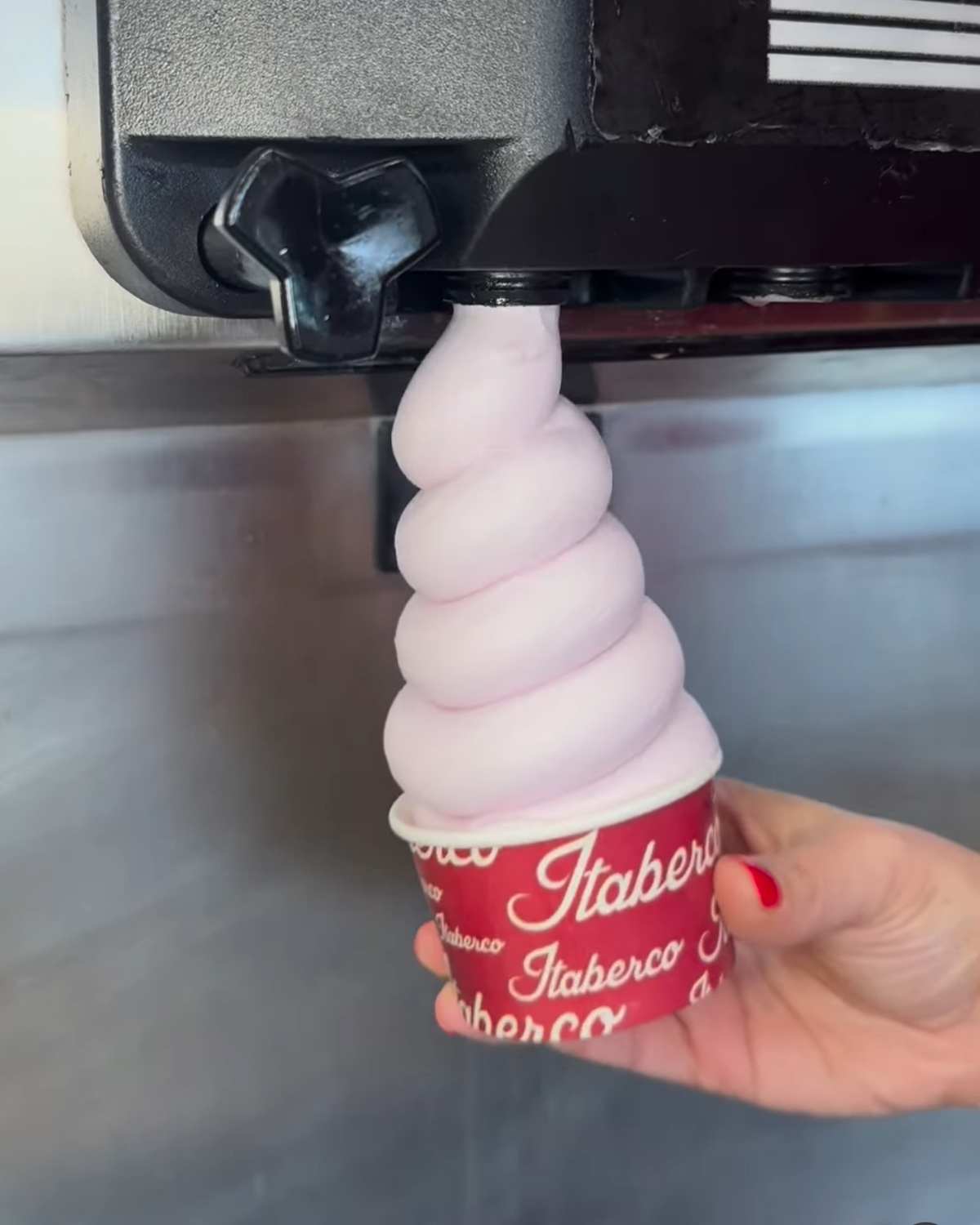Types of Soft Serve Equipment
Before diving into machine specifications, you first need to decide what type of soft serve you want to offer. If you didn’t think there were different types of soft serve, think again! There are two fundamentally different types of soft serve equipment and choosing between the two will be your first order of business. The equipment you select will control the overrun, which is the amount of air mixed into your soft serve during the freezing process. The two primary types of soft serve machines are pressurized and gravity. Let’s explore both options in more detail.
Pressurized Soft Serve Equipment
Pressurized machines are a popular choice for high-volume locations because they use a pump to introduce air (called overrun) into the soft serve mix before it enters the freezing cylinder—hence the name “pressurized.” This process results in a lighter, airier soft serve product with an overrun range between 40-70%.




